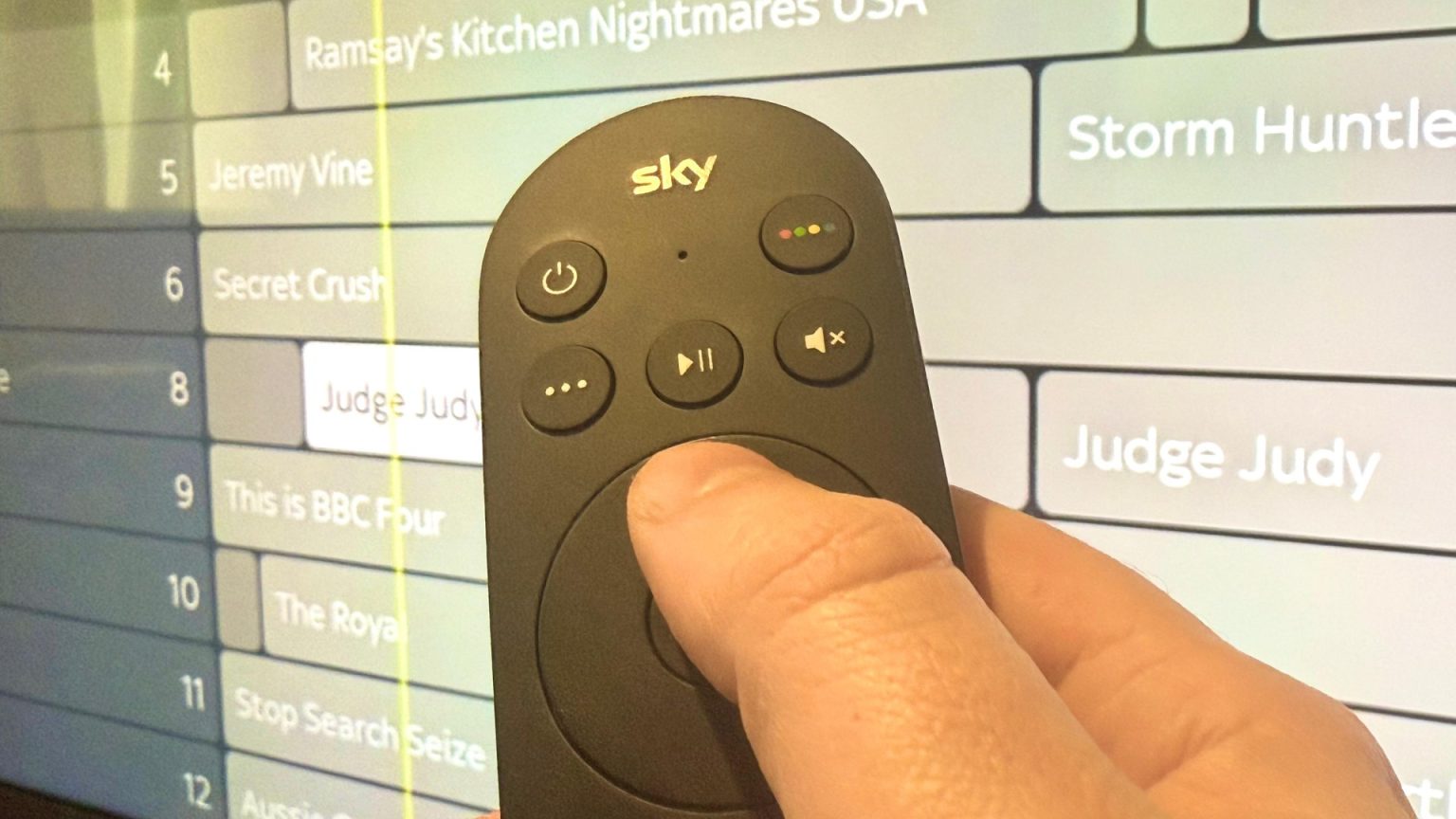London’s television landscape has undergone a significant transformation with the recent launch of London TV, replacing the decade-old London Live. This transition, effective from Sunday night, signifies a shift in programming and ownership, raising questions about the future of local content on television. London TV, now helmed by Local TV Limited, which operates regional channels across the UK, has adopted a largely national schedule, deviating from London Live’s local focus. The bulk of London TV’s programming is a simulcast of the True Crime channel, featuring shows like Judge Judy, leaving a limited space for London-centric content. The most notable local programming is a two-hour news block airing from 6pm to 8pm, touted as an “essential guide to the latest news, sport, and entertainment across London.” This block is replayed at 6am the following day, followed by a fresh bulletin at 7am and another news program at 1pm. This change marks a significant reduction in local programming compared to London Live’s extensive coverage of local news and events.
The closure of London Live, after ten years of broadcasting, marks a turning point for local television. The final broadcast of London Live News at 6 on Thursday was a poignant moment, with presenter Helena Wadia bidding farewell to viewers and acknowledging the channel’s decade-long service to the London community. The transition to London TV maintains the same channel numbers on various platforms – channel 8 on Freeview, 117 on Sky satellite, and 159 on Virgin Media – ensuring a seamless transition for viewers in terms of accessibility. However, the shift in programming raises concerns about the future of local news and content for Londoners.
This change also reflects larger trends in the television industry. According to industry expert Paolo Pescatore of PP Foresight, more channel closures are anticipated in the coming years. He attributes this trend to the increasing popularity of streaming services, which offer viewers greater flexibility and choice in content consumption. This shift in viewer preferences towards on-demand content delivered via the internet poses a significant challenge to traditional broadcasting. Pescatore predicts a “big TV switch-off” in the near future, with all programming eventually transitioning to online platforms. This necessitates a proactive approach from broadcasters, requiring them to adapt to the changing landscape and collaborate with telecommunication providers to ensure a smooth and seamless transition for viewers.
The rise of streaming platforms has undeniably disrupted the traditional television model. Viewers are no longer bound by fixed schedules and can access a vast library of content on demand, anytime and anywhere. This has led to a fragmentation of the television audience, with viewers increasingly opting for personalized streaming experiences over traditional linear channels. This trend is further accelerated by the proliferation of connected devices, enabling viewers to access content on smartphones, tablets, and smart TVs. In this evolving environment, local television channels face the challenge of retaining their audience and relevance. They need to innovate and offer compelling content that caters to the specific interests of their local communities while also embracing the digital platforms that viewers are increasingly using.
The shift from London Live to London TV epitomizes this industry-wide transformation. While London TV maintains a semblance of local presence through its news programming, the overall shift towards nationally syndicated content raises concerns about the future of hyperlocal coverage. The dwindling presence of local content on television could potentially lead to a disconnect between communities and their immediate surroundings. Local television plays a vital role in informing communities about local events, issues, and developments, fostering a sense of belonging and shared identity. The reduction in such programming raises questions about how effectively local communities will stay informed and engaged in local affairs. The challenge for local television stations is to find a sustainable model that balances the need for local content with the evolving viewing habits of their audience.
This transition underscores the need for local broadcasters to adapt to the changing media landscape. They must explore new ways to engage with their audiences and deliver relevant local content through digital platforms. This may involve creating online communities, developing interactive content formats, and partnering with local organizations to amplify their reach. The future of local television hinges on its ability to integrate with the digital ecosystem and offer a compelling value proposition to viewers who are increasingly accustomed to the convenience and choice offered by streaming services. The challenge is to maintain the essence of local broadcasting while embracing the digital revolution.




